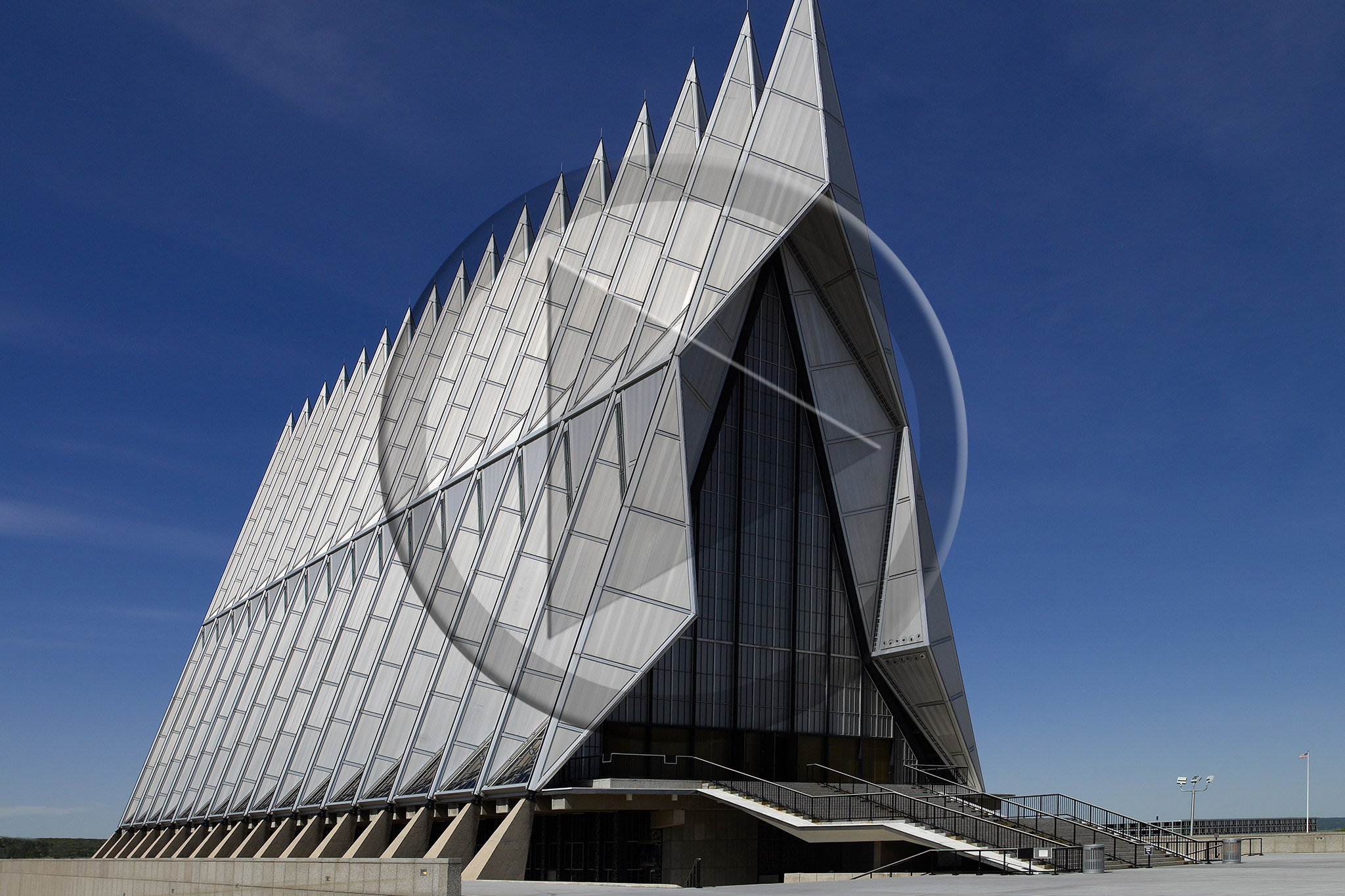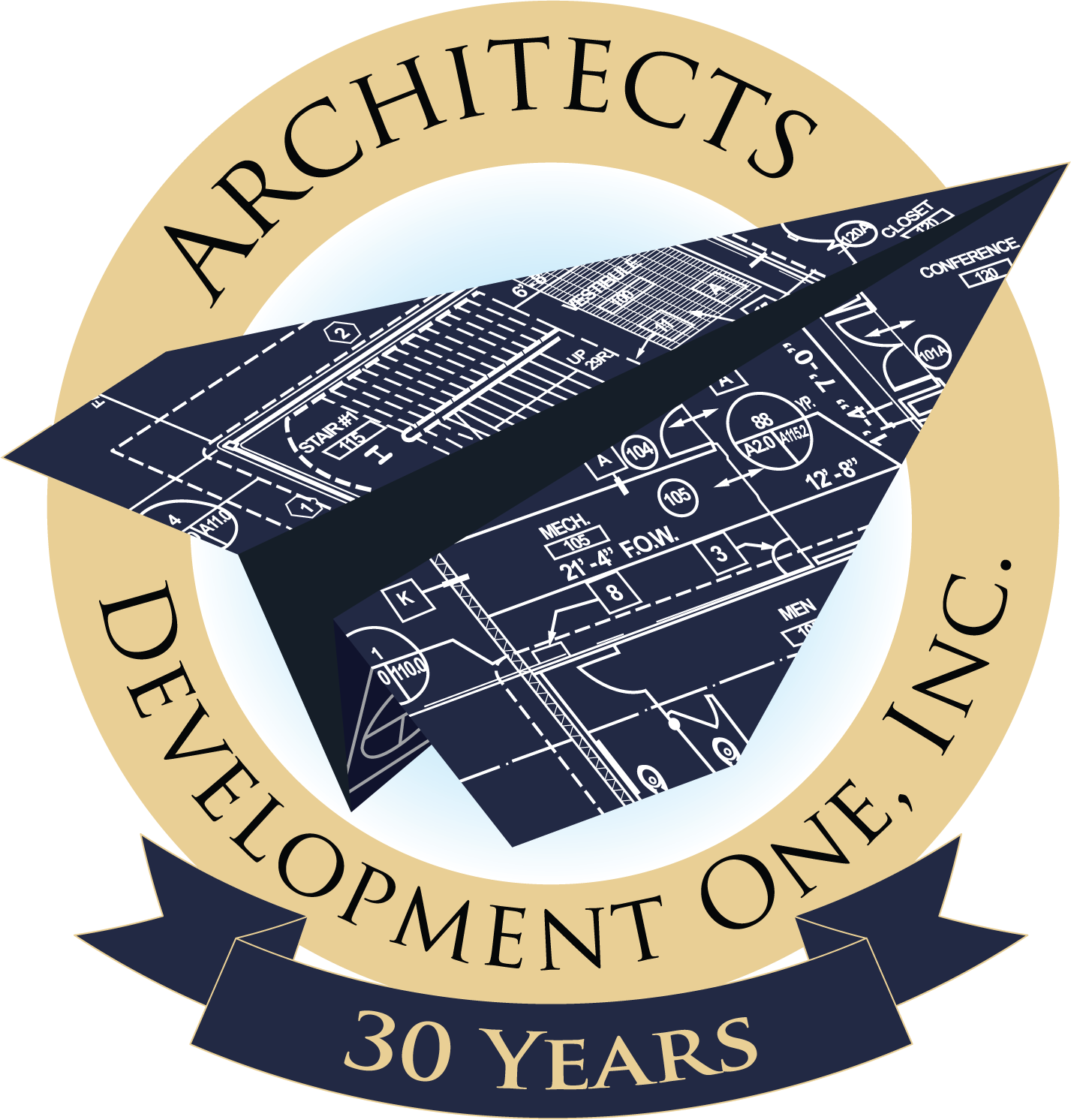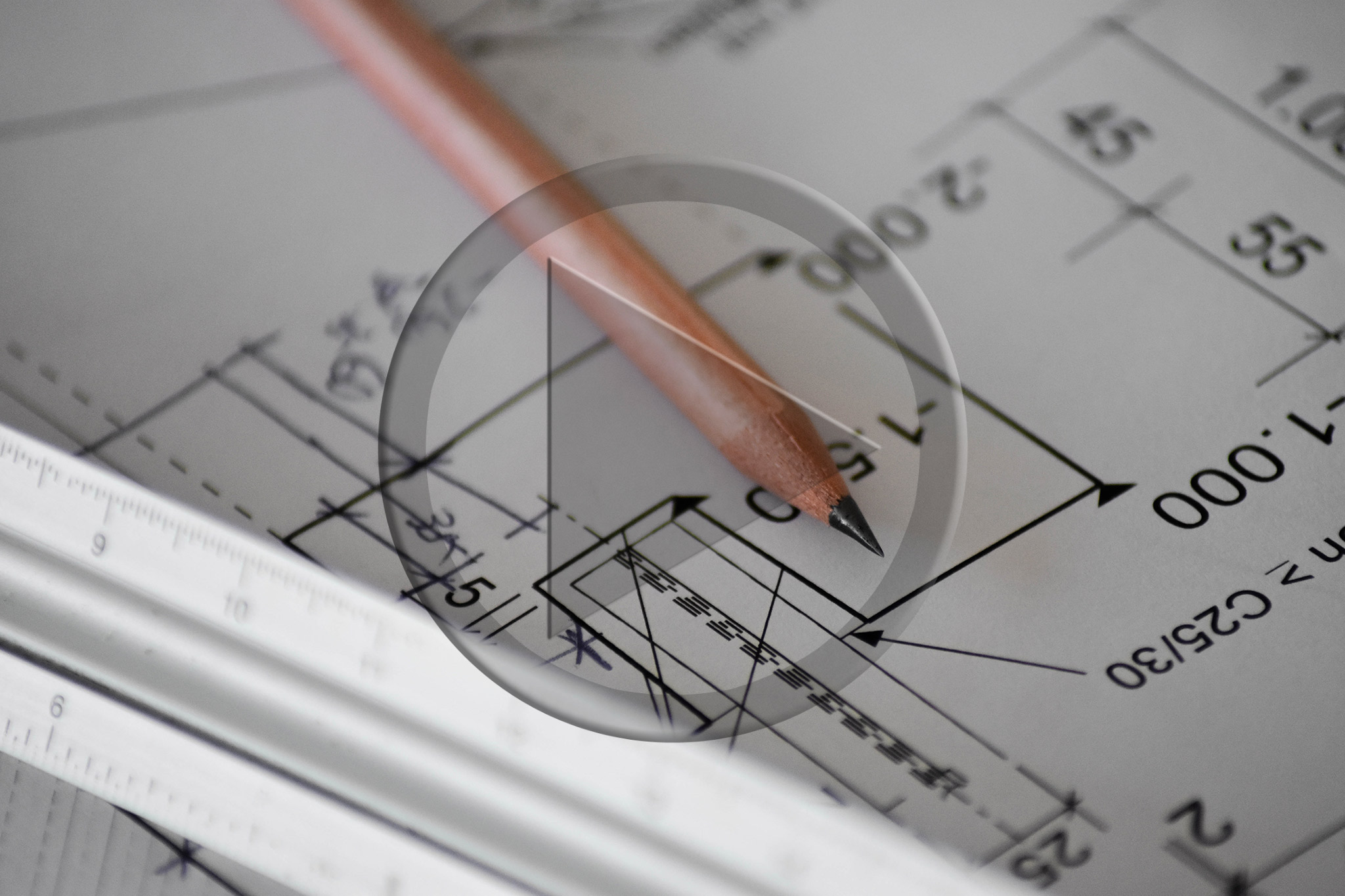Smart Materials in Architecture
We don’t talk about smart materials in architecture very often. There are a lot of materials, and many people don’t realize how efficient and smart they are. A common one that came into place during the last 20 to 30 years is synthetic architecture.
Back in the day, you called it astroturf and it was just the ugliest thing. It was like a carpet that was hard to walk on. It was very dangerous when football players fell on it. They would scrape themselves, and it was on top of a hard surface. Today, it’s close to natural turf, except it doesn’t need any water. That is one example of smart materials in architecture. We have synthetic turf.
There are other smart materials in architecture like intumescent paint. This is a paint that prevents fires since it’s not flammable. When you coat a structure with that paint, it gives it a fire protection surfacing.
Some of the other important considerations in design are anti-terrorism force protection systems. These are ATFP, as it’s more known. They are rules and codes that apply to military and federal government. They apply to government facilities the most. ATFP building codes protect a building’s inhabitants.
Preventing Terrorism with Smart Materials in Architecture
There was September 11th, and there were acts of terrorism that have occurred over the last 30 years. It is now important to design with these codes in place. There is a setback from where vehicles can approach a building. WIth that, the main idea is to prevent a detonation inside a building. And smart materials in architecture can help prevent a vehicle explosion from killing a lot of people within these buildings.
Hardening a Building
Another component is the hardening of the shell of a building. It should be able to withstand a blast of an explosion, or bullets off of a gun. The type of glass that we use is important as well. So, these rules are used in nearly every federal government facility. We need to know not only how to apply smart materials in architecture, we need to know the reason that they exist. They become part of our design process. Every building after September 11th needs to have these codes in the design.




